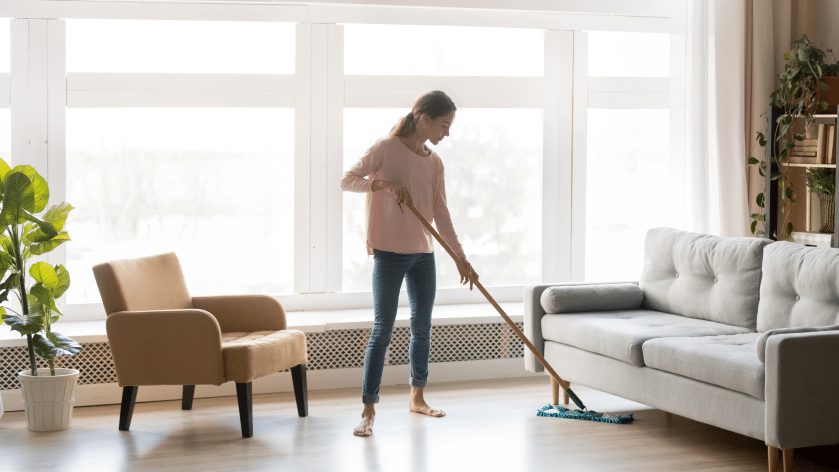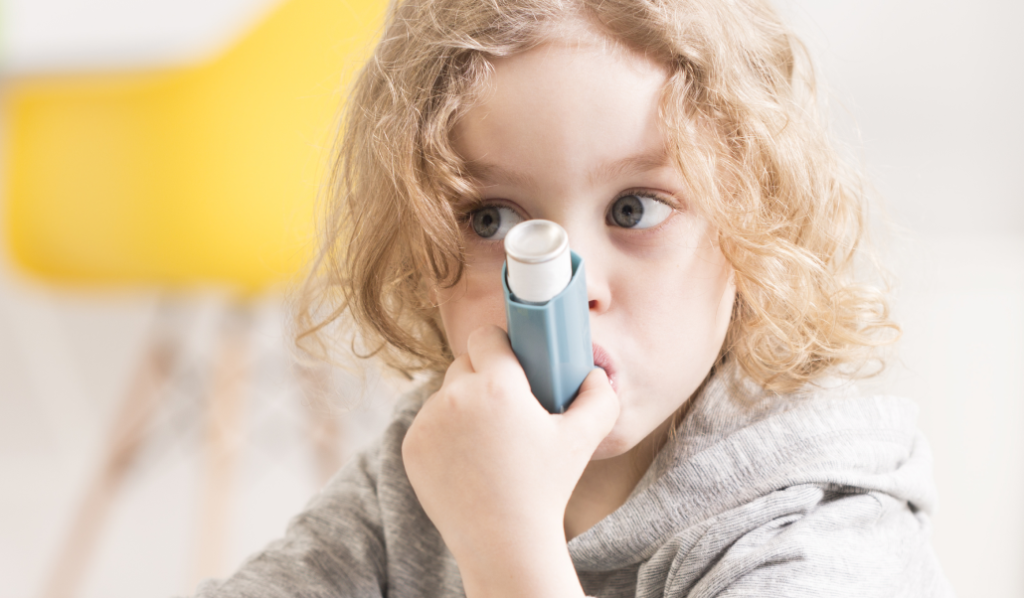

San Jose, California – March 12, 2023 – Ecosense, the global leader in radon detection and monitoring, is thrilled to announce a strategic partnership with HAVEN, a leading innovator in smart indoor air quality (IAQ) management solutions. This collaboration marks a significant milestone in the mission to improve indoor air quality, with a focus on preventing radon-induced lung cancer and empowering users with cutting-edge responsive technology.
The heart of this partnership is the integration of Ecosense’s award-winning EcoQube radon monitor into HAVEN’s IAQ monitoring and management platform.
Based on globally patented radon sensor technology and validated by trusted radon authorities, EcoQube delivers readily accessible radon data with accuracy and precision. Radon fluctuations are captured in real-time and seamlessly integrated into the HAVEN IAQ app, where users can view their home’s particle, chemical, and humidity levels for a holistic view of their home’s air quality. With HAVEN’s control capabilities, users will be able to automate ventilation equipment to respond to rising radon levels for a true smart home experience. Since radon originates from the ground, the addition of EcoQube’s localized radon readings to HAVEN’s own in-duct IAQ data provides the most accurate and effective whole-home solution.

This groundbreaking integration ensures a safer and healthier indoor environment for each brand's homeowner and professional customers. HAVEN customers can now benefit from the addition of radon insights and mitigation strategies to the HAVEN IAQ management system, while EcoQube users can pair their devices with HAVEN’s patented whole-home Monitor and Controller for 24/7/365 air quality monitoring and management, encompassing a wider array of air quality contaminants.
"At HAVEN, we are committed to providing unparalleled air quality solutions that enhance the health and comfort of our users. Partnering with Ecosense allows us to address one of the most significant concerns in indoor air quality – radon exposure," said Kevin Hart, Founder & CEO at HAVEN. "The integration of EcoQube signifies a major step towards achieving our vision of being a brand-agnostic platform, offering smarter whole-home IAQ automation."
Ecosense shares HAVEN's commitment to safeguarding health and well-being through innovative, comprehensive indoor air quality management solutions. The collaboration aims to advance Ecosense's mission of reducing the alarming toll of radon-caused lung cancer deaths, which currently stands at 24,000 per year across North America.
“With this future-forward partnership, we are advancing our mission of safeguarding public health by implementing cutting-edge smart radon monitoring to provide one of the most comprehensive indoor air quality management systems," remarked Insoo Park, Founder & CEO of Ecosense. "Collaborating with HAVEN underscores our commitment to not only prevent lung cancer but also empower individuals and families with the best indoor air quality monitoring and control system for the most significant indoor health concerns.”
The integration of EcoQube into the HAVEN ecosystem marks the first of many planned collaborations between the two patented IAQ industry leaders. Incorporating radon monitoring into IAQ management aptly reflects HAVEN's commitment to bringing all-encompassing IAQ controls to their users, and perfectly showcases Ecosense’s cutting-edge technology and expertise in the field. Together, HAVEN and Ecosense are pioneering innovative solutions to revolutionize indoor air quality solutions, setting a new standard for excellence and creating a future where radon-induced lung cancer becomes a relic of the past.
About Ecosense:
Based in the heart of Silicon Valley, Ecosense is a leader in and trusted provider of both professional and consumer radon detection and monitoring solutions that are easy to use, accurate, and fast. The company’s smart real-time radon detectors utilize a patented detection technology with high accuracy, delivering reliable results in minutes, not days. The EcoQube was named to TIME’s List of the 100 Best Inventions of 2021 and previously was recognized as a CES 2021 Innovation Awards Honoree in the health and wellness category. Ecosense’s patented ion chamber technology performance has received independent validation from the University of Michigan (Dept. of Nuclear Engineering and Radiological Science) and the Kansas State University Radon Chamber. Both studies concluded that Ecosense’s Patented Technology performed comparably to premium research-grade detectors.
Additionally, the 2023 Canadian National Radon Proficiency Program (C-NRPP) study on the intercomparison of consumer continuous radon monitors positioned Ecosense as the leader in accurate and precise radon detection within the industry.
About HAVEN:
HAVEN is the first and only smart whole-home air quality solutions provider. With proprietary sensor technology that detects airborne particles, chemicals, and relative humidity levels in real time, HAVEN delivers air quality updates to its users and can even activate equipment in response to the readings for smarter IAQ management. Already installed in thousands of homes across North America, HAVEN’s technology has been tested by 3rd party labs including LMS Technologies Minneapolis, the University of Utah, and the U.S. EPA. It also achieved recognition as an IAQ category finalist in the 2022 AHR Innovation Awards.
Founded in 2013 in Vancouver, Canada, HAVEN was established by former journeyman electrician Kevin R. Hart, through a desire to make healthier air more accessible. HAVEN’s data-driven approach to IAQ enables its homeowner and HVAC professional users to achieve fact-based and personalized air quality improvements, for clean air and peace of mind.
Published at The Globe and Mail

I’m an HVAC Pro
I'd like to provide HAVEN as a part of my services

I’m a homeowner
Interested in finding the best indoor air quality monitor & solutions






 Vancouver, British Columbia
Vancouver, British Columbia





